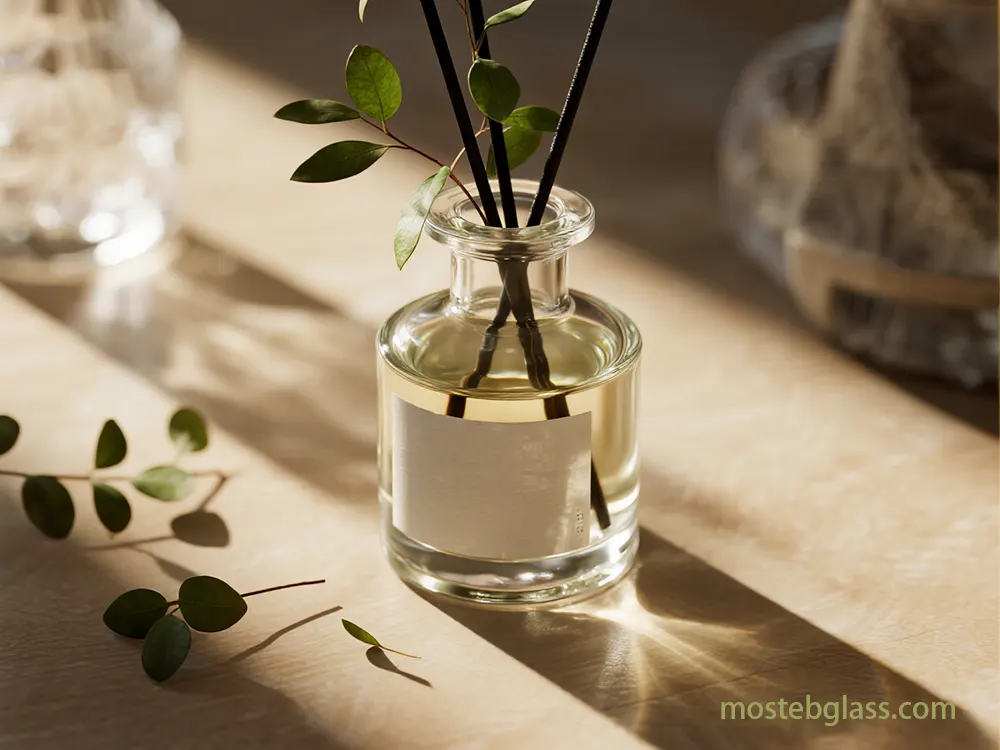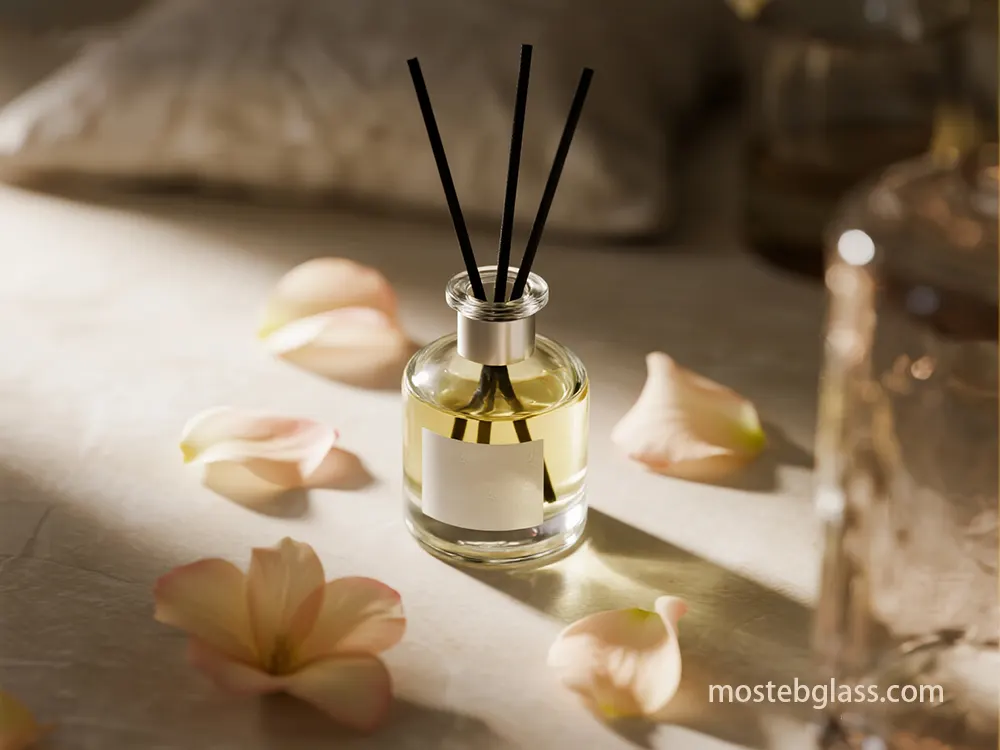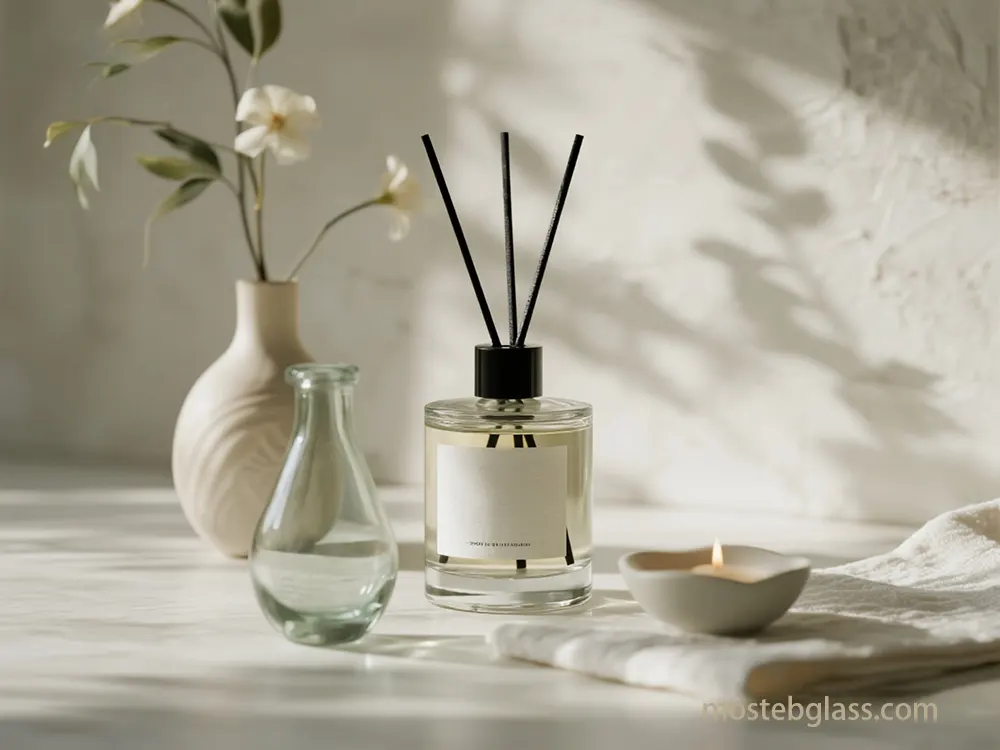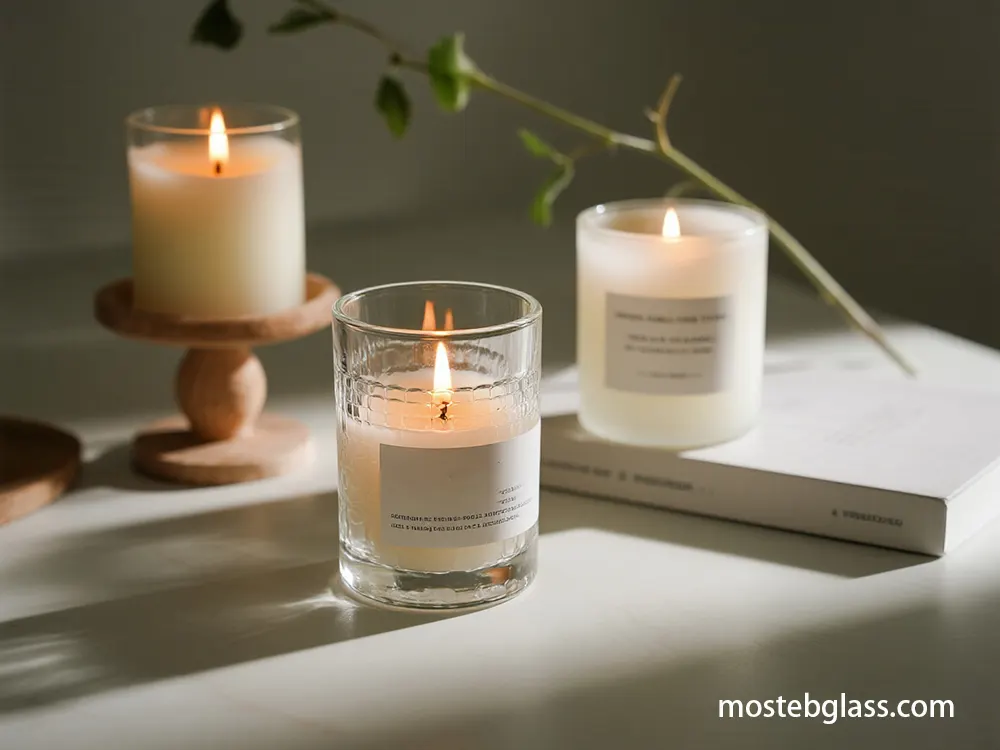Systems offer automated multi-cycle washes (pre-wash, heated detergent, hot rinse) in stainless steel, with quick-change features for various jar sizes.
High-Pressure Bottle Washers:
Machines use strong clamps and stainless steel for stable washing, integrating feeding, grabbing, flipping, rinsing, and discharging.
Systems use high-frequency sound waves to create cavitation bubbles, effectively cleaning glass without harsh chemicals. Frequencies vary for glass types (20-40kHz for plain, 78-200kHz for delicate).
Automatic Bottle/Jar Washer:
Systems offer automatic multi-cycical wash (pre-wash, heated detergent, hot rins) in stainless steel, which features quick-change features for various jar sizes.
High-pavement bottle washes:
Machines use strong clamps and stainless steel for stable washing, integrates feeding, grabbing, flipping, rining and discharging.
Ultrasonic cleaner:
Systems use high -frequency sound waves to create bubbles in the cavity, effectively cleaning glass without rigid chemicals. The frequencies for glass types vary (20–40KHz for plain, 78–200KHz for delicate).
Automatic Rinsing Machines:
- Cleaning the shower and providing 300–1200 pieces of cleaning machines with adaptation for blow-dry, hot water, alkaline or detergent stages. Steam Cleaning:
- Industrial Steam cleaner (STI) cleans glass bottles with high pressure steam, remove dirt, residues and microorganisms. Technology selection depends on contamination (wax, dust), glass types (borosilicate vs. soda-lim), and the amount of production. Some industrial washer process shows 500–76,000 bottles/hors, showing scalability. Some consume 0.5–0.6 liters/glass.
- Quality control is important: inspect the jar for damage before sterilization; Test new glass for impurities. It is necessary for GMP, especially for food-grade revival. 3. External Market Engagement and Upcycling Models

External markets and partnerships unlock value from jars not internally reusable. This involves direct sales, collaborative upcycling, and new collection/redistribution models.
3.1. Direct Sales of Empty Jars
Excess or unsuitable jars can be sold directly to businesses/consumers, generating revenue and diverting waste. Options include:
- Sell cleaned jars to small businesses/artisans for their products (e.g., candles, crafts, storage), tapping into the eco-friendly market. B2C Sales:
- Create a platform for consumers to buy empty jars for personal upcycling, aligning with sustainable demand and fostering community. 3.2. Collaborative Upcycling Initiatives into New Products
- deas: Artisan Partnerships:
- Partner with local artists to create unique upcycled products (glassware, mosaic, decor), creating new lines and supporting local economies. Construction Material Integration:
- Partner with construction for recycled ceramic/glass use as aggregate in concrete, insulation, or road materials.This market is projected to reach $4.6 billion by 2032. Product Development with Design Firms:
- Engage design firms to innovate new products from used glass (lighting, home decor, industrial components). IP rights must be considered, as commercializing upcycled branded products without consent may infringe. 3.3. Novel External Business Models for Jar Collection and Redistribution
- Effective collection/redistribution are critical for scaling external reuse/upcycling. Curbside recycling struggles with tempered/borosilicate glass (common in candles) due to differing melting points, causing contamination or landfilling. Mosteb can explore:
- Community-based collections: Partners with cities/businesses for glass-cavalry drop-offs or special curbside services (eg, savanna, gA in GA).
Incentive Returns:
Extend programs like Candlexachege exemption or O-I Glass 4good (Charitable donation) for consumer returns.
Commercial Collection:
Target high -volume generators (hotels, restaurants) with special services (eg, ripple glass).
Waste brokerage/aggregation:
partners with waste brokers (eg, Royal oak, GFL) to connect industrial recycles to large versions.
- Penjualan B2B: For continuous recycling/reusing use with glass manufacturers/processors direct partnership (eg, ardag glass packaging with cap glass).
- Mobile recycling: Apply mobile units for on-site collection, reducing transportation costs and increasing facilities.
“Do not glass” initiative:
Participate in industry programs (eg, Diazio, Glass Packaging Institute) to gather glass from bar/restaurant, improving regional recycling.
- Optimized logistics are crucial. IoT solutions with container sensors can monitor fill levels, improving route planning, lowering costs, and reducing CO2 emissions.Specialized handling and secure storage are necessary due to glass weight/fragility. 4. Advanced Technologies and Process Optimization for Jar Management
- Efficient large-scale jar collection, cleaning, and preparation require innovative tech and optimized processes. These advancements apply to internal/external reuse, enhancing scalability and cutting costs. 4.1. Advanced Cleaning and Preparation Technologies
- Demand for sophisticated cleaning technologies on industrial scale: Automatic Washing System:
Automatic bottle/jar washer (eg, MV technical system, Zhengzho Waneing, Aquatech-BM) are fundamental for high throwputs, offer multicolored cleaning with warm detergents, high-pressure rins and blow-drying. They are constant operation and adaptation for specific jar types.
Ultrasonic cleaning integration:
For stubborn wax or complex designs, integrating ultrasonic systems (eg, kizo, omgasonics) provides better cleaning through high-existing sound waves and cavity.
- Cleaning of ionized air/steam: For final preparation or water savings option, ionized air (trachcatake) removes dust, while industrial steam (STI) provides high temperature hygiene, eliminates microorganisms.
- Glass Clean-Up Units: For mixed waste or collet production, ensuring special units (endela products) separate from contaminants, ensuring high-purity feedstock for recycling/upsaikling.
- The technology choice depends on the glass type (borosilicate vs. soda-leam), contaminant (wax, label, wicks), and the desired thrupoot. Some systems handle up to 76,000 bottles/hour, demonstrating massive scale potential. 4.2. AI-Powered Sorting and Defect Detection
- AI and machine vision revolutionize glass sorting/inspection, improving efficiency and purity. AI-operated optical pruning:
- Companies such as Picwissa integrates AI into an ecoglass system for accurate, efficient glass sorting, obtaining high recovery with low effort. Advanced contaminant detection:
- AI systems classify dark glass and identify the size of the size (ceramic, ceramic, porcelain, plastic, metal), significantly important for the jar of the opaque candle. Reduced manual intervention:
- AI optimizes sorting decisions, reduces human intervention, wears tools, and operating/maintenance costs. This worker also increases security. Self-learning/adaptation:
AI algorithms enable continuous performance improvement and adaptation to new waste compositions through self-learning.
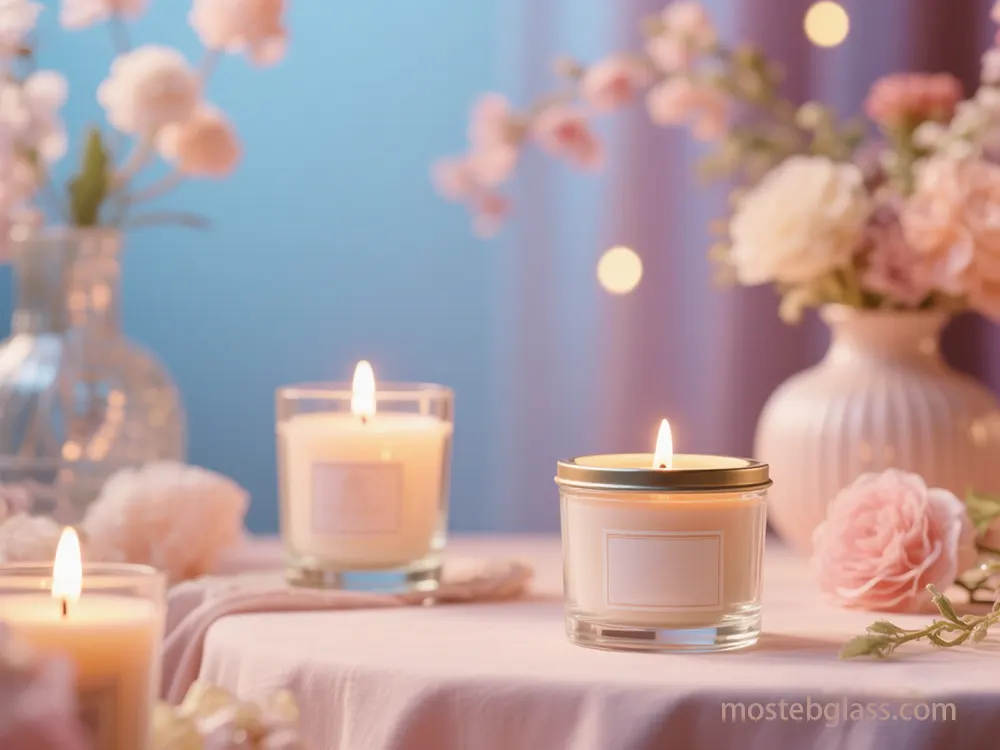
AI-operated robotic sorting:
Robots with AI image identifies various glass types on high speed (eg, 70 bottles/min) using suction grippers. They identify non-khali bottles or plastic, preventing contamination.
Vision AI for detection of CSP:
Smartands Vision AI cameras detect ceramic, stone and porcelain (CSP) contaminants in glass garbage before recycling [81]. Real -time monitoring cleaner ensures streams and reduces equipment damage.
- Mixed glass types (eg, borosilicate with soda-lime) creates an important challenge, leaving the volume due to difficulties. 4.3. Process Optimization and Data Management
- Optimizing the entire jar management process is key. Integrated production lines:
- The cleaning system should originally integrate with existing lines, including pre-healing (wax removal) and post-clining QC. Data-operated operations:
- MES or similar Opex-based software provides real-time data on JAR collection, cleaning efficiency and inventory, informing decisions, adapting resources and monitoring KPI. Future -stating maintenance:
AI/IOT enables the future to maintenance, reduce downtime and expand lifestyle.
Supply chain visibility:
Track the jar for reusing/upsaikling from digital platform collections, providing transparency and accountability.
- By embracing these technologies and optimizing processes, the mostb can install an efficient, scalable, cost-effects that can transform waste into a valuable resource, for the management of candle jars. 5. Financial Viability and Implementation Roadmap
- Transitioning to a circular economy for jars, while eco-beneficial, must be financially viable. This section provides economic analysis: cost-benefit, ROI, and a phased implementation plan addressing scalability, logistics, and risk. 5.1. Financial Viability Assessment
- Circular economy initiatives for packaging, including jars, can yield substantial economic benefits, potentially generating up to $4.5 trillion globally by 2030.For Mosteb, assessment involves: 5.1.1. Cost-Benefit Analysis
- Cost Reductions: Raw Material Procurement:
- Using recycled/reused glass reduces virgin resource dependency. Recycling glass uses 30% less energy.Circular design and sustainable sourcing can save an estimated $7 billion annually in packaging material costs. Waste Disposal Fees:
- Diverting jars from landfills directly reduces disposal costs. Operational Efficiencies:
Automated cleaning and AI sorting reduce labor, equipment wear, and optimize resource consumption (water, energy), lowering operational/maintenance costs.
Revenue Generation:
Direct Sales of Jars/Cullet:
- Selling cleaned empty jars or high-purity cullet to businesses/manufacturers creates new revenue.The global recycled glass market is projected to reach $7.82 billion by 2032. Upcycled Product Sales:
- Selling new products from upcycled jars (e.g., decor, construction aggregates) taps into the growing eco-friendly market. Brand Value/Market Share:
- Sustainable practices enhance brand reputation, attract eco-conscious consumers, and increase loyalty/market share.Strong ESG criteria also attract investors, potentially improving financing. 5.1.2. Return on Investment (ROI) and Net Present Value (NPV)
- CapEx vs. OpEx: Reuse systems require significant CapEx for industrial cleaning/sorting,but yield long-term growth/efficiency.OpEx covers maintenance, labor, utilities, supplies.MES software can be OpEx, reducing upfront capital.
Break-Even Point:
Reusable packaging systems typically break even in 3-4 years, driven by reuse revenue.
Profitability:

Studies suggest circular models can surpass linear ones in profitability under identical investment. Optimal model depends on local conditions, requiring localized NPV analysis.
Key Economic Criteria:
Circular economy projects use NPV, IRR, BCR, and payback period.
- Return Rate Impact:
- For reusable packaging, a return rate >95% is critical for economic feasibility.Customer behavior is the main uncertainty. 5.1.3. Funding system and regulatory landscape
- Government Grants/Incentives: Governments often provide grants, tax credit, and quick permits for environmentally friendly packaging and circular economy initiatives.
- Private Investment: VC, Crowdfonding, Strategic Partnership, and Date Financing (Green Bond, Sustainability-Linked Loan) Funding Avenue.
- Extended manufacturer responsibility (EPR) schemes:
- EPR schemes, globally growing (eg, 5 American states, European Union 2024 modulation), producers attribute producers to product end-life, with finance collection/sorting/recycling. EPR fees (usually 1-2% retail price) are included. Carbon Pricing:
- Carbon pricing encourages low carbon tech R&D and affects consumer preference for permanent products. 5.3. risk mitigation
- Contamination: Apply strong pre-prolling and AI detection to reduce contamination, which compromises the quality/marketing capacity of recycled glass.
Customer behavior uncertainty:
- Design flexible return programs and consumer education to encourage high return rates, important for economic viability. Market demand instability:
- Refusing/upcious products to diversify revenue and maintain production flexibility to adapt to changing trends/conditions. Raw material price fluctuations:
- Virgin materials take advantage of long-term contracts for Cullet/Upcicled materials to reduce price volatility. Infrastructure Gaps:
- Continuous investment or partner to address local glass collection/processing infrastructure limits. Intellectual property:
- To avoid violations, conduct perfectly diligence for new apostacle products. By systematically addressing these stages and reducing the risks, the mostab can successfully implement a permanent, economically viable circular economy model for the candle jar used successfully, establishing a new industry standard for the product life cycle management responsible.
Case Study: Overcoming Challenges in Large Glass Diffuser Bottles Manufacturing
- Custom Glass Christmas Ornaments – Driving Brand Differentiation in Seasonal Markets Customization in Glass Ornaments: Unlocking Opportunities for Differentiated Branding
- Case Study: Custom Glass Unique Diffuser Bottles Manufacturing for a Spain Brand Large Diffuser Bottles: Redefining Luxury Home Fragrance Packaging
- Sustainability in Glass Flower Vase Manufacturing: Global Market Trends Case Study: Custom Tulip-Shaped Glass Candle Jars Unique for an Italian Client
- Comment Submit your opinion
get a free quote
- Complete our quote request form or email us at to receive a customized quote from our product specialists.
- Company Phone/Whatsapp
- Select a product glass candle jars
- Reed Diffuser Bottle glass vases
- Quantity contact our sales Manager
- full name email adress
Please provide us with the capacity, shape, color, and quantity of the glass containers you require. Alsoplease feel free to share any other details or specific requirements to help us better understand yourproject.







